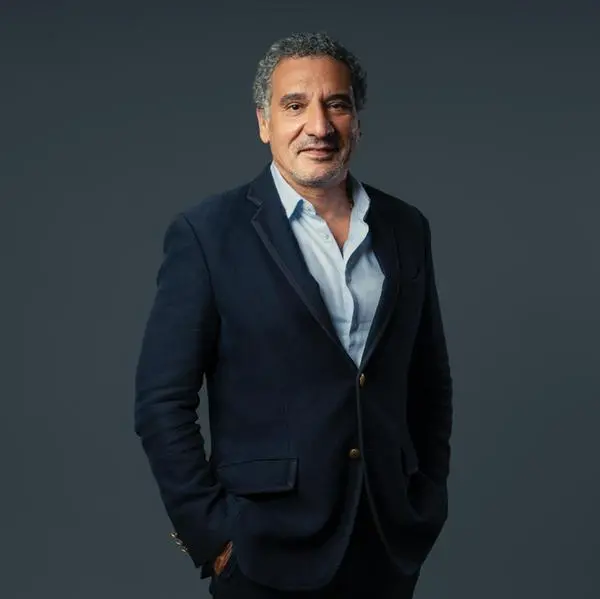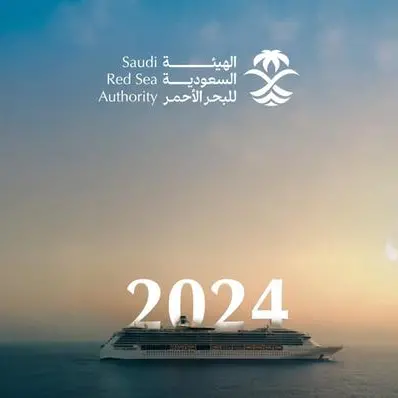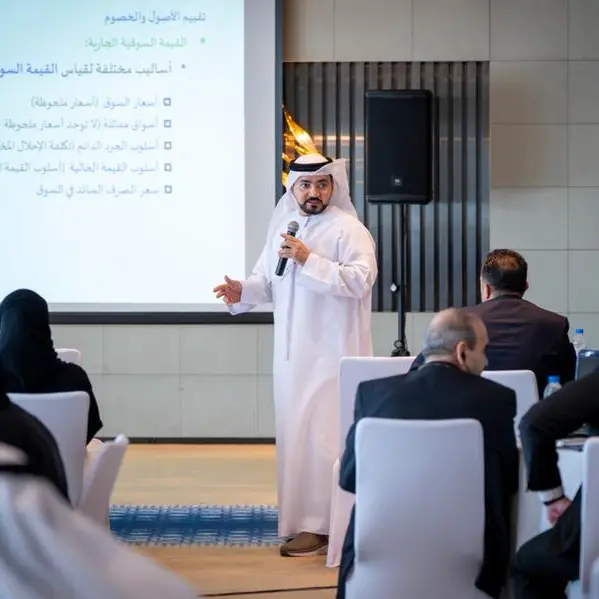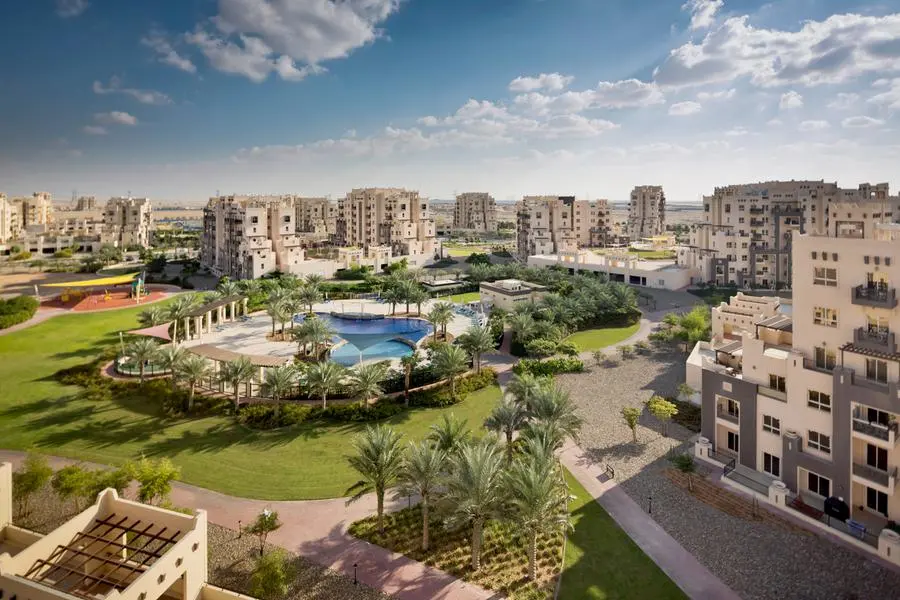Abu Dhabi: In line with The Department of Culture and Tourism- Abu Dhabi (DCT Abu Dhabi) commitment to celebrating and preserving the cultural heritage of the UAE, Qasr Al Hosn is launching Fashion Through the Years, a new exhibition following the evolution of fashion trends in Abu Dhabi from the 1940s-1980s. The exhibition will take place at Qasr Al Hosn from 16 December to 16 February.
Using the lens of Emirati fashion and dress, Fashion Through the Years explores the emirate’s social history and the stories of its people through the clothes they wore and the accessories that adorned them.
A symbol of heritage, traditional Emirati garments were often hand-sewn and hand-embroidered. The wearing of these garments and accessories was highly ritualised and the exhibition will explore the changes in the aesthetic dressing and social practices throughout the years. From the simplicity and functionality of clothing in the pre-oil era, to the outside influences that arrived through trade routes in the region, the exhibition celebrates Abu Dhabi’s deeply traditional past and its diverse and inclusive culture.
“Fashion Through the Years is a fascinating exhibition providing a unique opportunity to explore clothing trends and methods of personal expression from decades ago. Visitors will be transported back in time to connect with the experiences of our ancestors and gain deeper insight into the UAE’s rich heritage,” said Salama Al Shamsi, Director of Qasr Al Hosn. “From burqas worn by women as they travelled from Al Wathba to Al Ain, to the historical significance of family men carrying a dagger and the surprising influence of the European fashion scene on gowns, the exhibition showcases the cultural significance of fashion in the emirate during the crucial four decades of development and nation-building.”
The dedication of UAE Founding Father Sheikh Zayed bin Sultan Al Nahyan to the progress of the nation and his people is also evident through changes in fashion. Fashion Through the Years demonstrates how trends were shaped by globalisation, as trade routes opened up in the region. Comparing the simple handmade ensembles worn by women in pre-oil Abu Dhabi to the tailored garments of the 1970s and 1980s, the exhibition highlights the influence of a country’s development on the techniques and materials used in fashion, as well as its impact on cultural identity.
Displayed over three sections within the outer palace of Qasr Al Hosn, Fashion Through the Years will showcase over 30 artefacts and garments of cultural importance. The exhibition includes notable items such as necklaces gifted by Her Highness Sheikha Fatima bint Mubarak Al Ketbi, “Mother of the Nation”, and an ornate burqa belonging to Fatima bint Mohamed bin Thani Al Mehairi. Other highlights include a nostalgic album of personal and family photographs depicting fashion trends from the 1960s to 1980s; examples of different types of traditional embroidery (Talli, Badlah and Khoos); intricate headpieces and other jewellery; sewing and Talli instruments; early 20th century sewing machines; elaborate stitching patterns, fabric dyes and much more.
Qasr Al Hosn is a national heritage landmark that includes artefacts and archival materials dating back to 6000 BC, tracing Abu Dhabi's development from an 18th-century fishing and pearl trade settlement to today’s modern global metropolis.
For more information about Fashion Through the Years, please visit Qasralhosn.ae.
-Ends-
About the Department of Culture and Tourism – Abu Dhabi:
The Department of Culture and Tourism – Abu Dhabi (DCT Abu Dhabi) drives the sustainable growth of Abu Dhabi’s culture and tourism sectors, fuels economic progress and helps achieve Abu Dhabi’s wider global ambitions. By working in partnership with the organisations that define the Emirate’s position as a leading international destination, DCT Abu Dhabi strives to unite the ecosystem around a shared vision of the Emirate’s potential, coordinate effort and investment, deliver innovative solutions, and use the best tools, policies and systems to support the culture and tourism industries.
DCT Abu Dhabi’s vision is defined by the Emirate’s people, heritage and landscape. We work to enhance Abu Dhabi’s status as a place of authenticity, innovation, and unparalleled experiences, represented by its living traditions of hospitality, pioneering initiatives and creative thought.
About Qasr Al Hosn
Qasr Al Hosn is the oldest and most significant building in Abu Dhabi. It includes the city’s first permanent structure, a coral and sea stone watchtower built to protect the settlement of Abu Dhabi established on the island in the 1760s. Qasr Al Hosn comprises two major iconic buildings: the Inner Fort (around 1795) and the Outer Palace (1939-41). Over the centuries, it has been home to the ruling family, the seat of government, a consultative council and a national archive; it now stands as the nation’s living archive and the narrator of Abu Dhabi’s history. Transformed into a museum in 2018 following more than nine years of intensive conservation and restoration work, Qasr Al Hosn is a national monument that encapsulates the development of Abu Dhabi from a settlement reliant on fishing and pearling in the 18th century, to a modern, global metropolis, with displays of artefacts and archival materials dating back as far as 6000 BC.
© Press Release 2020
Disclaimer: The contents of this press release was provided from an external third party provider. This website is not responsible for, and does not control, such external content. This content is provided on an “as is” and “as available” basis and has not been edited in any way. Neither this website nor our affiliates guarantee the accuracy of or endorse the views or opinions expressed in this press release.
The press release is provided for informational purposes only. The content does not provide tax, legal or investment advice or opinion regarding the suitability, value or profitability of any particular security, portfolio or investment strategy. Neither this website nor our affiliates shall be liable for any errors or inaccuracies in the content, or for any actions taken by you in reliance thereon. You expressly agree that your use of the information within this article is at your sole risk.
To the fullest extent permitted by applicable law, this website, its parent company, its subsidiaries, its affiliates and the respective shareholders, directors, officers, employees, agents, advertisers, content providers and licensors will not be liable (jointly or severally) to you for any direct, indirect, consequential, special, incidental, punitive or exemplary damages, including without limitation, lost profits, lost savings and lost revenues, whether in negligence, tort, contract or any other theory of liability, even if the parties have been advised of the possibility or could have foreseen any such damages.


















